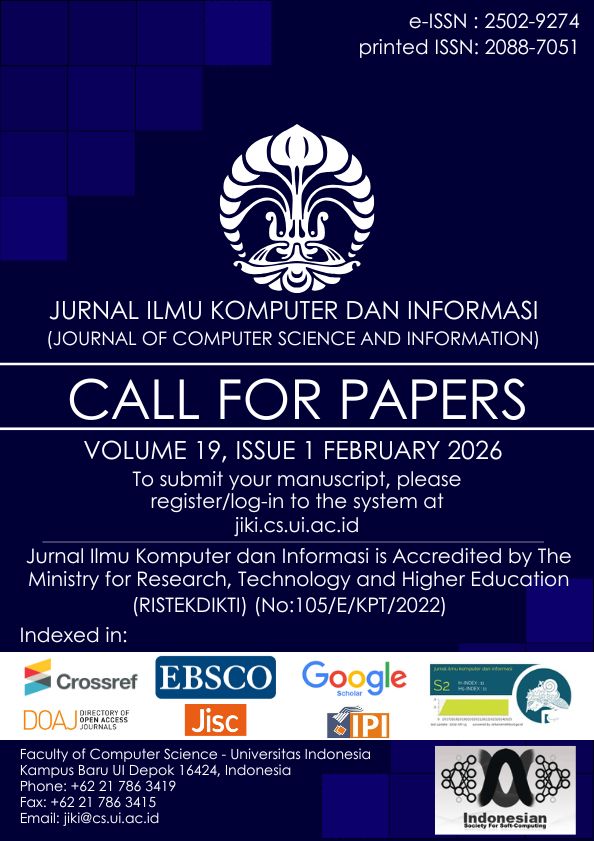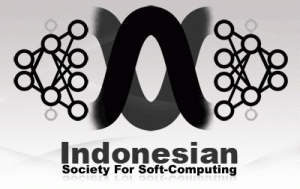Fine Tuning of Interval Configuration for Deep Reinforcement Learning Based Congestion Control
DOI:
https://doi.org/10.21609/jiki.v16i2.1159Abstract
It is apparent that various internet services in today’s digital ecosystem effectuate different types of networks’ quality of services (QoS) requirements. This condition, in fact, adds another level of complexity to the current network congestion control protocols. Therefore, it drives the adoption of deep reinforcement learning to improve the protocols’ adaptability to the dynamic networks’ QoS requirements. In this case, the state-of-the-art works on congestion control protocols, formulate the markov decision process (MDP) by transforming the congestion control pattern from the saw tooth congestion window to the staircase sending rate per-interval cycles. This approach treats congestion control as a sequential decision-making process that fits reinforcement learning. However, the interval configuration parameter that gives the optimum QoS has not been empirically studied. In this work, we present an extensive study on various interval configuration parameters for the deep reinforcement learning-based congestion control agent. Our work shows that various interval configuration, which consists of the RTT estimator and the n parameter, results in different QoS. The experiment shows that the RTTjk has significantly higher throughput than RTTewma and RTTmin−filtered in various network conditions. Furthermore, we found that the RTTjk with n = 2.0 is superior to other configurations in almost all networking scenarios. Whereas the RTTjk with n = 1.0 is optimal for a network environment with fixed bandwidth scenario.
Downloads
Published
How to Cite
Issue
Section
License
Authors who publish with this journal agree to the following terms:
- Authors retain copyright and grant the journal right of first publication with the work simultaneously licensed under a Creative Commons Attribution License that allows others to share the work with an acknowledgement of the work's authorship and initial publication in this journal.
- Authors are able to enter into separate, additional contractual arrangements for the non-exclusive distribution of the journal's published version of the work (e.g., post it to an institutional repository or publish it in a book), with an acknowledgement of its initial publication in this journal.
- Authors are permitted and encouraged to post their work online (e.g., in institutional repositories or on their website) prior to and during the submission process, as it can lead to productive exchanges, as well as earlier and greater citation of published work (See The Effect of Open Access).










